The Lily of the Valley (Convallaria majalis) is a captivating flower known for its delicate charm and potent symbolism. This perennial plant, which graces the undergrowth with arching racemes of small, bell-shaped white blooms, offers more than just aesthetic beauty—it encapsulates a rich tapestry of history, meaning, and care that elevates it to a status far beyond that of a simple garden flower.
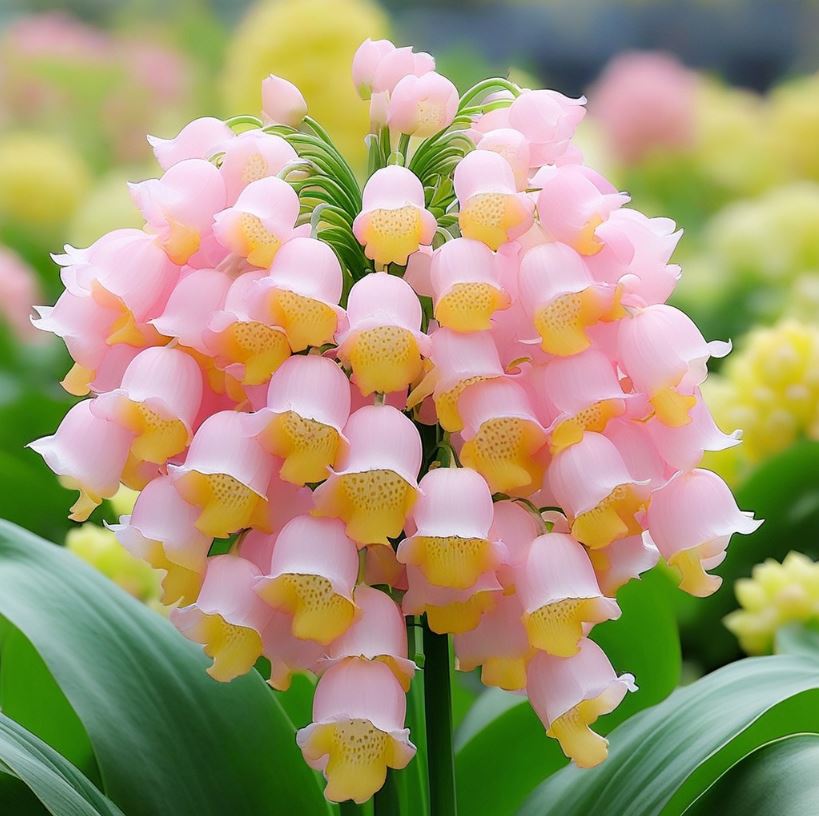
A Deeper Understanding of Its Symbolism
From an emotional perspective, the Lily of the Valley embodies purity and humility. This is particularly resonant in cultures such as Finland, where it is revered as the national flower—a symbol of loyalty and happiness . In France, the tradition of gifting these flowers on May 1st, for La Fête du Muguet, showcases their association with good luck and affection; this gesture elevates a common flower into a vessel of heartfelt sentiment.
Furthermore, the striking contrast between its delicate petals and inherent toxicity highlights life’s complexities—what is beautiful may also be dangerous. The leaves and flowers contain cardiac glycosides, which can be harmful if ingested. This dual nature could evoke philosophical musings on the balance between beauty and peril in our lives, encouraging us to appreciate the ephemeral joy while remaining cautious about the hidden dangers that might accompany it.
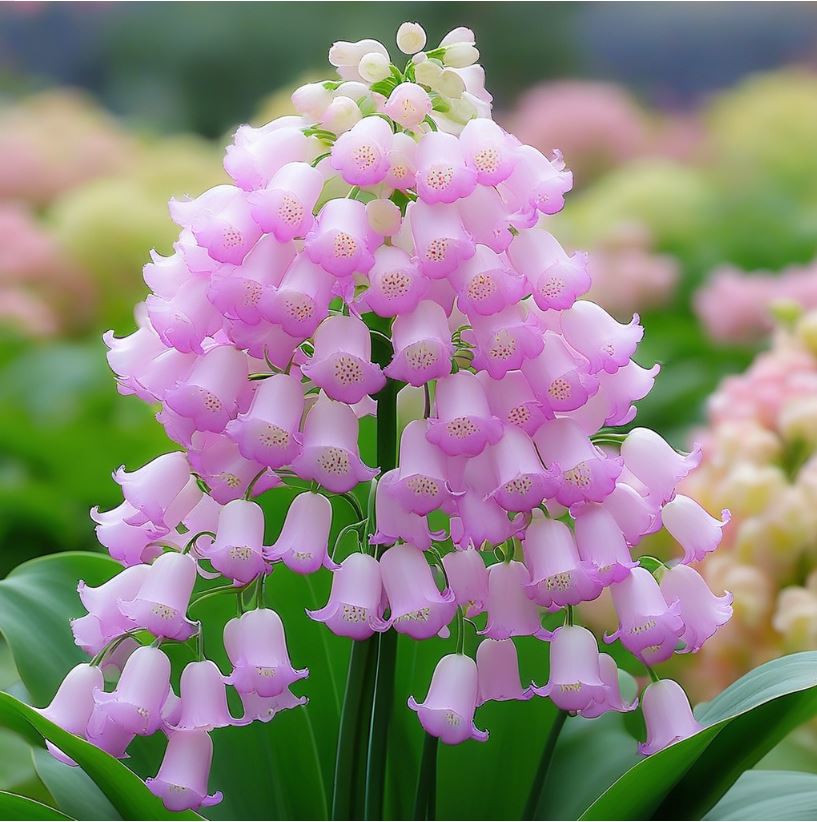
Care and Cultivation: An Invitation to Connect with Nature
Growing Lily of the Valley calls for an understanding of its preferences—a metaphor for nurturing relationships. Often nestled in shaded spots, it thrives in moist, well-drained soil, making it a fitting choice for those pursuing an intimate connection with a garden space. The challenge lies not only in ensuring proper conditions but also in recognizing the need for patience; this plant, like many enriching experiences, takes time to bloom fully .
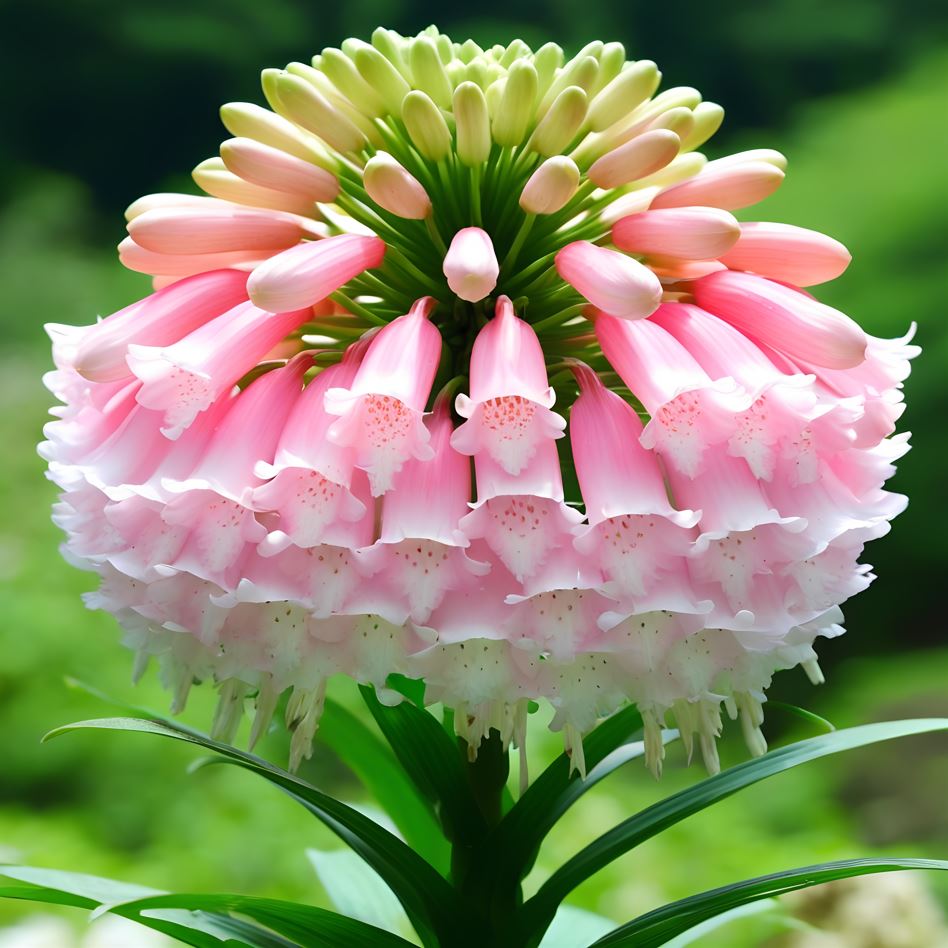
Interestingly, the propagation methods, which include division and careful planting of rhizomes, reflect on how we cultivate connections in life. Just as care must be taken when managing these roots for successful growth, so too must individuals invest time and attention in their personal and communal relationships. In a world rushing toward instant gratification, the slow and deliberate nurturing required for Lily of the Valley serves as a gentle reminder of the rewards of patience.
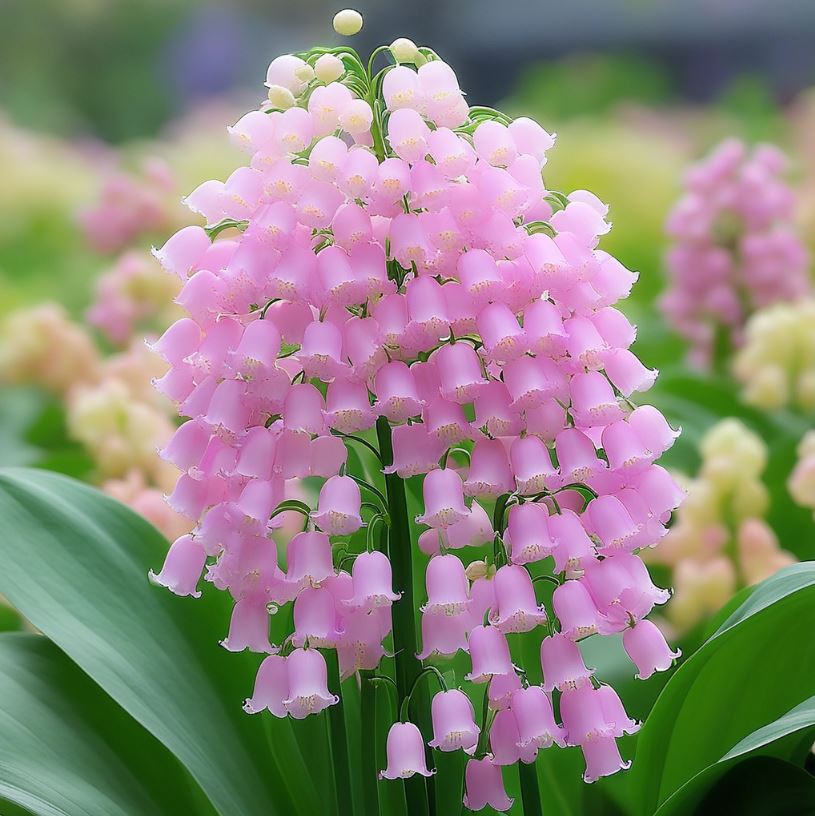
Varietals and Their Unique Characteristics
While often envisioned in pure white, Lily of the Valley is not monolithic. It exists as part of a broader botanical family that presents variations in color, though less commonly seen outside their traditional white. Each variety adds layers to their significance and invites further exploration. For instance, new cultivars can sometimes change one’s perception of this classic flower, much like how new people or experiences can reshape our views on familiar concepts.
Hypothetically, imagine incorporating these unique variants within a community setting. Attendees at an event focused on environmental awareness, for example, could participate in workshops to cultivate various Lily of the Valley types, thus enhancing both their ecological knowledge and social bonds. It transforms gardening into an expression of camaraderie and shared learning, emphasizing diversity within unity.
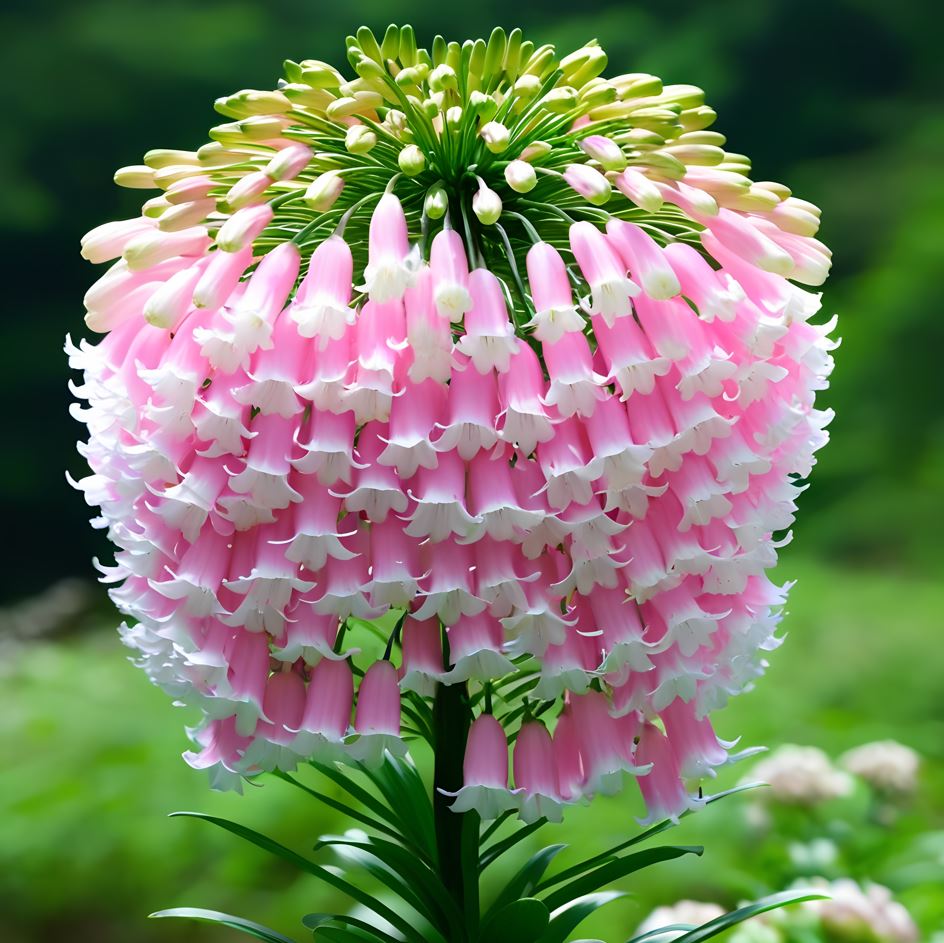
The Allure of Fragrance and Aesthetics
One cannot discuss the allure of Lily of the Valley without delving into its enchanting fragrance. The sweet scent wafts through the air, captivating those fortunate enough to encounter it. This olfactory quality isn’t merely a physical trait; it acts as a powerful trigger of memories and emotions, linking it to blossoming romances or fragrant gardens in early spring.
Picture a scene—a couple walking hand in hand, as the perfume of Lily of the Valley envelops them, resonating with nostalgia and hope. It symbolizes the celebration of fleeting moments and underscores humanity’s intrinsic desire to cherish beauty, even if ephemeral.
Thus, whether it’s through its historical legends, cultivation practices, symbolic meanings, or sensory experiences, the Lily of the Valley transcends its floral identity to embody lessons about life, relationships, and the natural world’s intricate web.




